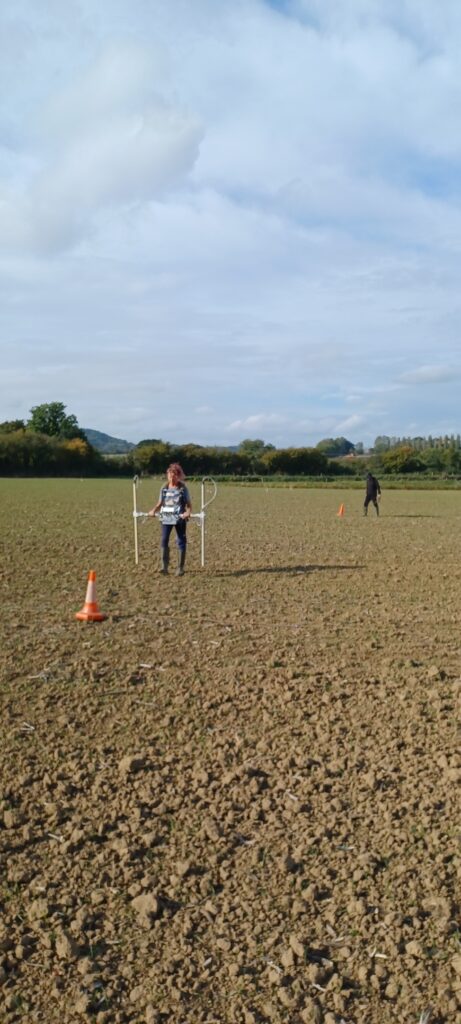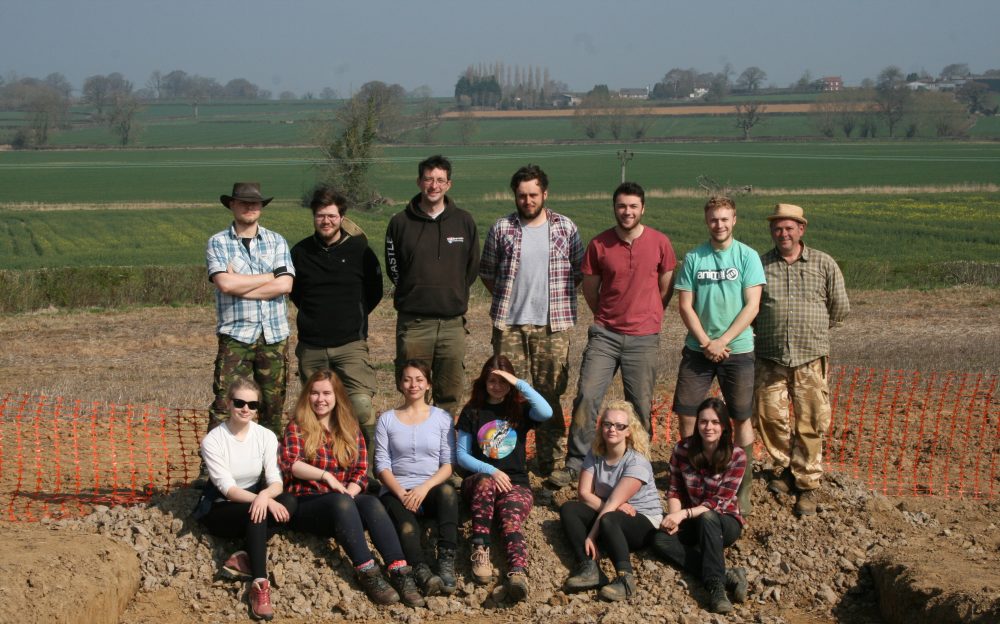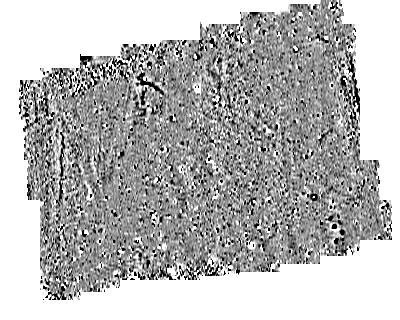|
SOMERSET ARCHAEOLOGICAL & NATURAL HISTORY SOCIETY
|
The Archaeology Committee of the Somerset Archaeology and Natural History Society
present
The 2015 ANNUAL ARCHAEOLOGY DAY
BEYOND THE VILLA: 5000 YEARS OF HUMAN ACTIVITYAT LUFTON
Dr James Gerrard
Saturday 28th March 2015
10am – 4pm
Westland Conference & Leisure Complex, Yeovil
Programme:
The morning will feature a panel of speakers on recent archaeological discoveries in and around Yeovil, including:
The Bunford Hollow excavation
The archaeology & history of the Westlands site
Archaeological recording at St John’s Church
After lunch our keynote speaker, Dr James Gerrard will talk about new archaeological discoveries in the Lufton Villa Landscape over the past five years.
Admission: £12.00
Tickets available on the door.
To book in advance visit the SANHS Online Shop at www.SANHS.org
email: programme@sanhs.org or Tel: 01823 272429.
Ploughmans lunch available for £5.50 with advance booking only.



